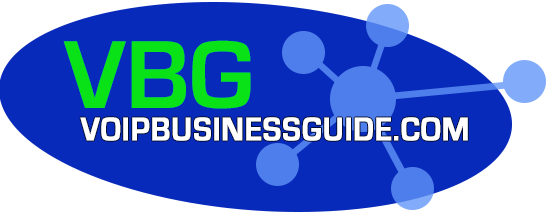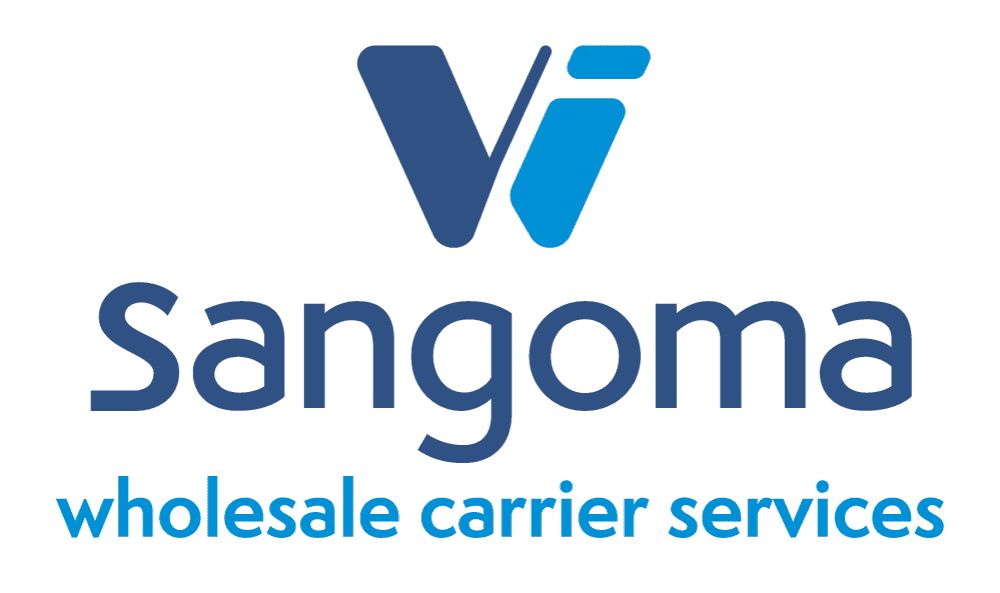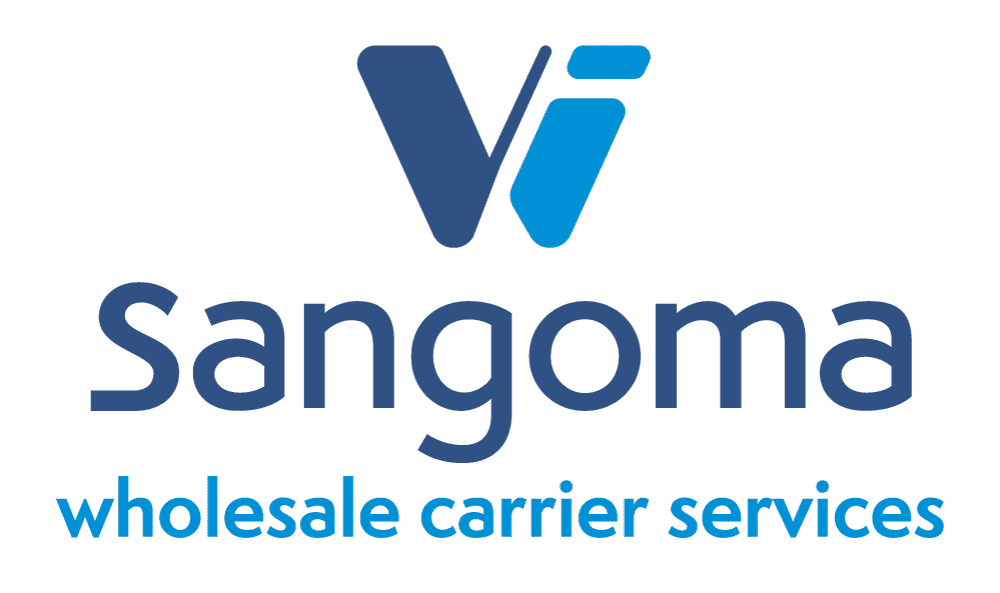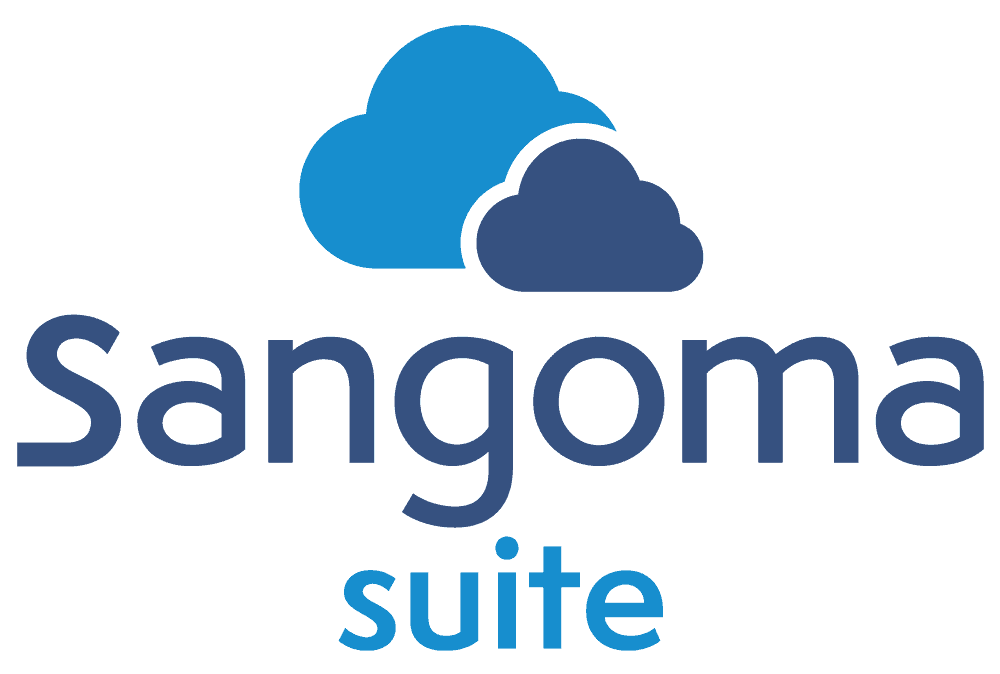Sangoma Products’ Support for Kari’s Law / Ray Baum’s Act and How We Can Help You (and your Customers) Comply
On Feb 16, 2020, the federal version of Kari’s law goes into effect. It’s a complex but important topic, and justifies a comprehensive treatment in this update, something Sangoma is uniquely qualified to offer. But it is indeed complicated, so after reading this, if you have any questions whatsoever, please do not hesitate to contact us!
The new law applies to business phone systems manufactured, imported, offered for sale or lease, first sold or leased, or installed after February 16, 2020. A key requirement of Kari’s law is to ensure that persons in distress can reach a PSAP by dialing 911, even from a multi-line telephone system (such as exists in a typical business or hotel) that might normally need to dial a prefix such as a 1 or a 9 to get to an outside line.
The purpose of the regulation is to prevent a tragedy, such as the 2013 death of Kari Hunt, whose nine year old daughter repeatedly dialed 911 as she witnessed her mother being attacked in a hotel but was unsuccessful in reaching emergency responders, because the hotel’s multi-line telephone system (MLTS) required that an additional 9 be dialed to get out. Kari Hunt passed away as a result of the attack, and her father, Hank Hunt, made multiple trips to Washington and met with congressional members, successfully lobbying for states to pass legislation one by one and ultimately succeeding in passing the federal version of Kari’s Law.
Moving forward, regardless of their location in the U.S. or where they are dialing from, persons will be able to immediately connect with emergency responders by dialing 911, with no need to dial a prefix such as 1 or 9. Just dialing 911 from a business phone system, like you would from a house phone or a mobile phone, would get the caller to a PSAP.
An additional requirement of Kari’s Law is that a notification of any E911 calls being made, be sent to a central location at the facility in which the phone system is installed. Ray Baum’s Act is meant to ensure location improvement beyond what currently exists in Kari’s Law by defining “dispatchable location” as “the street address of the calling party, and additional information such as room number, floor number, or other similar information necessary to adequately identify the location of the calling party.” As a former emergency first responder himself, Hank Hunt knew identifying the exact location of the emergency for first responders is critical when dialing 911.
With VoIP, however, location isn’t at the heart of the call. There is no physical location per se such as when using a copper landline. As such, over time, laws were enacted to ensure VoIP landlines had physical locations and a PSAP could understand where a VoIP call was coming from. This law takes it one step further. The business phone system is associated with an address, but what if the system is installed in a large building? Where in the building is the phone where the 911 call is being made? What floor and what room for example? Notifications such as emails, text, or phone calls need to occur to more accurately pinpoint location, and this is at the heart of this law as well.
All of this means if you are a business purchasing a new phone system (or a Sangoma business partner implementing one for your ‘end-user’ customers), you need to ensure this new phone system supports these federal laws. And we’re here to help you every step of the way!
At Sangoma, we have a few lines of business phone systems such as FreePBX, PBXact, and Switchvox.
Sangoma’s on-premise phone systems (Switchvox, FreePBX, and PBXact) are all compliant with the location portions of the Ray Baum Act and Kari’s Law by supporting/requiring that the customer provide their location during initial set up of the phone system. With these systems, the system admin/user will need to configure the dial plan to allow for direct 911 dial. These systems shall also be compliant to the location notification requirements by the February 16, 2020 deadline. If these systems also use Sangoma’s SIPStation SIP trunking solution, they can also provide a quick method of updating their location (by completing an efficient online form).
Our Cloud (or hosted) PBX systems (FreePBX, PBXact, and Switchvox) also operate as a multi-line telephony business system. And these cloud systems are already compliant to the 911 dial directive and the main office address directive. As with our premise systems, we support/require customers to provide their location during the initial setup of the phone system and even for updating location via the online form (see below). Regarding the new ‘notification’ requirements, by February 16th, all new installations of Switchvox Cloud will comply. PBXact Cloud will also comply, but will do so via the end-user admin (or the Sangoma business partner) configuring the system to provide notification of these 911 calls to other onsite staff (as determined by our customers).
For additional information on Sangoma products and Kari’s Law/Ray Baum compliance, please visit https://wiki.freepbx.org/display/ST/E911+Service#E911Service-InitialSetupoftheMasterE911DID, https://support.digium.com/community/s/article/How-do-I-Set-Up-Switchvox-for-Emergency-Dialing, and here for the online location form.
Additionally, individual states may have more stringent timelines and requirements, so please consult with your legal counsel.
For “non-fixed multi-line telephony system” phones or devices which are off-premises, such as a remote-office deskphone connected to the company PBX, businesses have two years to fulfill the regulatory obligations. Another example of this would be the Sangoma UC client softphone called Zulu (installed on your computeror mobile phone). Businesses also have two years in this case.
Beyond the PBX itself, another implication of this law is on SIP trunking because the additional information needs to be carried on the SIP Trunk. It’s critical for your trunking provider to offer 911 services, either as a bundled package or on a standalone basis. The key is to find a service provider whose SIP trunks enable managing E911 effectively and offer the tools you need to be compliant. Sangoma has two SIP trunking solutions that do exactly that: SIPstation and our trunking service from VoIP Innovations, a Sangoma Company (VI).
First, for SIPstation, the trunk needs to know the location, and this is done via the online form as described above. Additionally, when using SIPStation, a user can dial 933 to find the location on record, and then, if required, change the location on record via filling out the form.
And second for our VI trunking service, we have the ability to automate new registrations, edit existing registrations, and remove outdated registrations on any number on any network without having to move your number either through an online portal or via API.
In addition to making sure your phone system is compliant, VI offers several additional solutions that can help achieve compliance for a comprehensive solution that not only takes the new law into account, but the reasons for the law in the first place: safety and the need for immediate coordinated response to assist in an emergency situation. VI’s new Location Monitoring solution provides immediate notification of any 911 call placed by triggering a text message to a group of contacts that allows them to communicate over text but more importantly provides the ability to listen to the 911 in progress. Once on the call, you can talk with the other members of the alert group to coordinate an immediate response.
At Sangoma, as stated above, we offer multiple business phone systems (both premise and cloud) and two SIP trunking services. The good news is Kari’s Law and Ray Baum compliance is possible with all of them. We would also be pleased to work with you to upgrade an existing phone system (if necessary) to ensure compliance. And as mentioned at the outset, this is a lot! So, if you have any questions whatsoever, just reach out to us by going here.
The post Sangoma Products’ Support for Kari’s Law / Ray Baum’s Act and How We Can Help You (and your Customers) Comply appeared first on Sangoma.





